Restoration
Restoring more than just buildings — restoring peace of mind
What is restoration work?
Restoration is the process of cleaning, drying, and fixing your home after an insured event like water, fire, or storm damage. It is different from normal repairs because the main goal is to stop more damage from happening, keep your things safe, and make your home safe to live in again as quickly as possible.
Turning the machines off and on can slow down the drying. They need time to work properly again. Keeping them running helps dry faster, stops more damage, and finishes the job sooner
Dehumidifiers
These machines take extra moisture out of the air and from building materials after water damage. This helps stop mould from growing and makes the drying process faster.
The dehumidifiers we use are much stronger than the ones you may see at home. That is why our technicians leave them on all the time until it is safe and dry.
Air Movers (Drying Fans)
Air movers are strong fans that blow large amounts of air across wet areas like carpets, floors, and walls. By moving the air, they help wet surfaces dry faster. They also make dehumidifiers work better.
Air Scrubber
A commercial air scrubber is a strong cleaning machine. It pulls dirty air in, traps dust, mould, and smells in filters, and pushes clean, fresh air back out during repairs.
Moisture Meters / Thermal Cameras
These are small tools that help technicians find hidden water inside walls, floors, or ceilings that you cannot see.
Moisture meters measure how wet something is. Thermal cameras show cold spots, which can mean water is trapped there. These tools make sure no water is missed during drying.
In most cases, your insurer will cover the costs of running this equipment.
As a guide, running a commercial dehumidifier or air mover for 24 hours may cost around $5 per day in electricity, depending on unit size and your electricity rate.
Your insurer will refund the costs of running the equipment.
FAQs
What types of restoration might be required?
The type of restoration depends on the damage. It may include:
Removing water and drying the home
Cleaning away smoke and soot after a fire
Treating and stopping mould
Cleaning and sanitising areas that are unsafe
Adding temporary safety measures to make the home stable
Who completes the restoration work?
Restoration work is done by trained and qualified technicians. Our team uses special equipment and follows the correct processes to make sure all work is safe and effective. Everything is done to meet your insurer’s requirements.
Do you need to be at home during restoration?
Not always. Sometimes you may need to be home to let us in, for example when we set up equipment or remove materials. Other times, we can do the work without you being there, once you have given us permission.
We will always tell you ahead of time if you need to be home.
What happens if more damage is uncovered during restoration?
Sometimes hidden issues are discovered after work starts, such as mould behind walls or under floors. If this happens, we will write down what we find, tell your insurer, and ask for approval to do any extra work that is needed.
Why does restoration happen before repairs?
Restoration helps make your home safe and protects it from more damage. By fixing urgent problems like water, mould, or smoke, we stop things from getting worse.
Once your home is safe, the repair or rebuild work can begin.
Will all my damaged belongings be restored?
We will always try to clean and restore items that can be saved. Sometimes, though, an item may be too badly damaged to repair. In that case, we will list it for your insurer to review as part of your claim.
What types of Contents Restoration might be needed?
Checking and writing down damaged items
Cleaning them
Throwing away things that can’t be saved
Moving items to a safe place
Keeping them in storage until they’re ready to come back.












